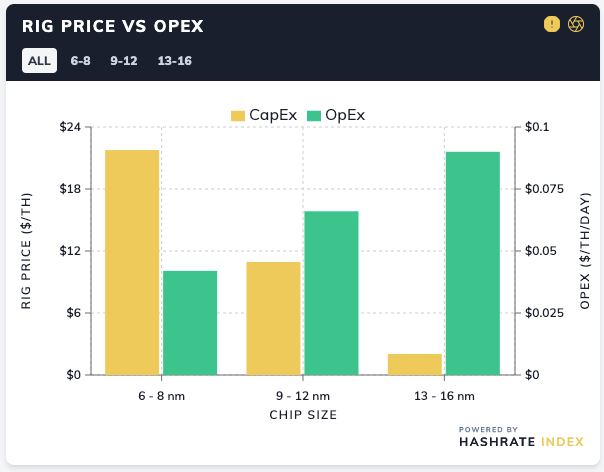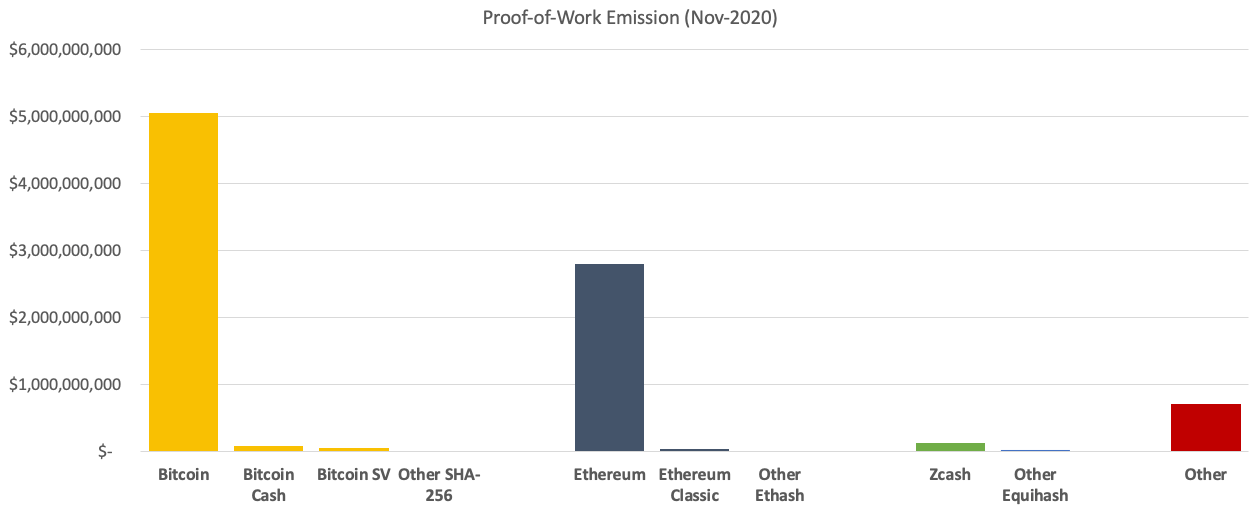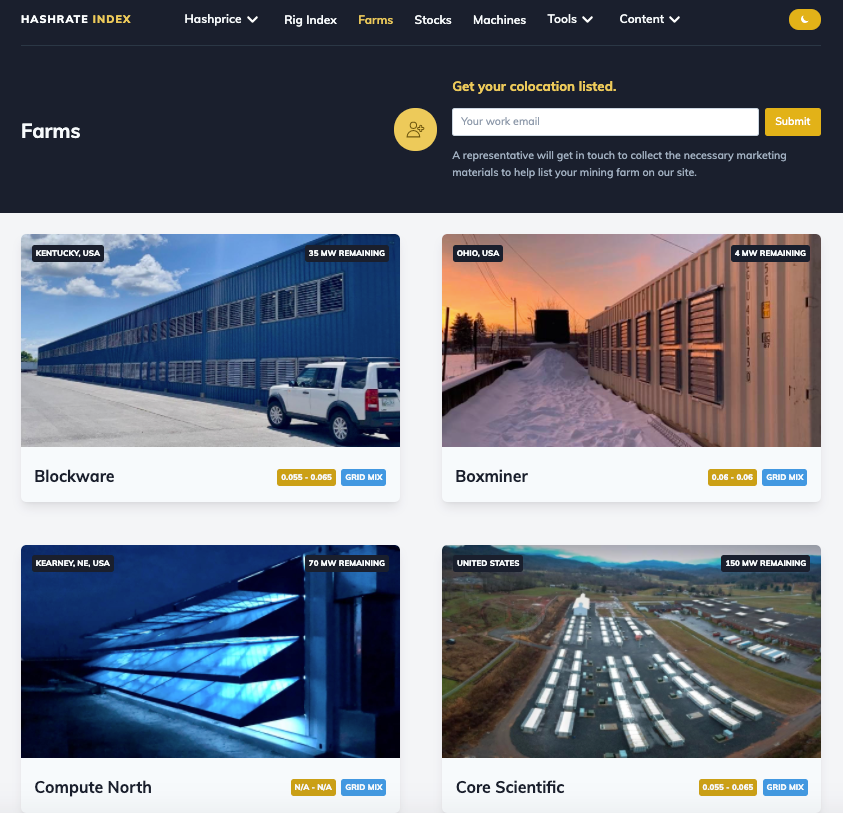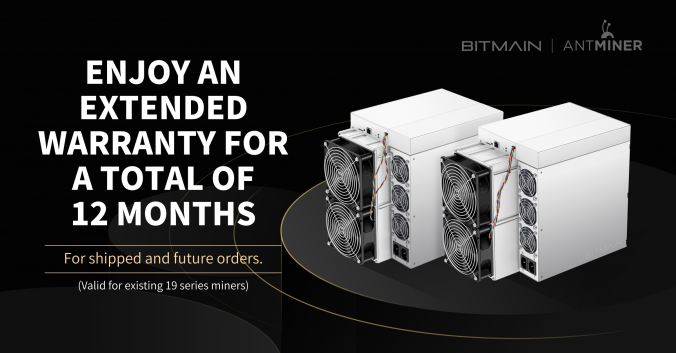
A Guide to Buying a Bitcoin Miner in 2023
A guide to buying an Bitcoin ASIC miner in 2023.
This article is co-written by Mason Jappa, CEO of Blockware Solutions, a leading US based ASIC broker and hosting facility. Blockware offers an all-encompassing mining package from equipment procurement to hosting and research.
Starting a crypto mining operation can feel both intoxicating and daunting. You generally have some belief in crypto and want to take part in the energy arbitrage available to generate it at a lower cost than purchasing it. But where do you start?
This guide covers the investment decision, the process of purchasing equipment, and other key considerations.
Looking to buy a Bitcoin mining ASIC or a crypto ASIC miner? Check out Luxor's open-auction RFQ platform to tap into a global network of buyers and discover cpmpetitve Bitcoin mining ASIC prices.
Buying a Bitcoin mining ASIC in 2023
Mining is an excellent complement to holding the underlying token. Market participants should have exposure to both to best position themselves over the long-term to capture the opportunity in Bitcoin: a disruptive technology and commodity in its infancy. By marrying the proper strategy and time horizon, Bitcoin mining offers opportunities to significantly outperform simple buy and hold investment strategies. Bitcoin’s extreme volatility is best managed with a Dollar Cost Average Strategy, which mining best achieves. Dollar Cost Averaging is an excellent strategy applied to markets with extreme volatility and an asset that one wants to accumulate a large position in over a longer time horizon. But before diving in, a prospective miner should carefully define their goals, deployment strategy and investment timeframes.
Investment Criteria
Evaluating the potential return for a mining operation can be measured similar to other cash-flow based investments. At a high level, the value of a mining operation is the sum of its future cash flows (revenue - opex). To secure future cash flows (mining revenue), miners will deploy capital to purchase mining rigs and sometimes, their own facility (capex). The miner must carefully calculate the operational expenditures (opex) of running their mining rigs which is primarily a function of electricity rate. This will allow a miner to properly estimate how long it will take to “earn back” their initial investment through mining rewards, as well as provide realistic profit expectations. It is up to you to estimate what those amounts will be and try to improve on each of them.
A common metric used in the mining community is the payback period. Essentially, how many days will it take for you to pay back your initial capex. We aren’t a huge fan of this capital budgeting approach because it doesn’t take into account your cost of capital (AKA opportunity cost). If you have \$10,000 to deploy into an investment, mining should be one of many different investment opportunities you are looking at, each with their own risk-return profile. So metrics like IRR can incorporate this nicely.
Treasury Management
There are two primary strategies utilized by Miners to manage their rewards. Of course some miners use a mix of the strategies throughout the lifetime of their investment.
Mine and Sell to Cash: a miner buys a mining rig and sells all rewards daily to cash for the life cycle of the machine.
Mine and Play with House Money: a miner buys a mining rig and sells their operating expense to cash but holds the remainder in Bitcoin

Historically, the “Mine and Play with House Money” strategy has outperformed the “Sell to Cash” strategy, but there is no guarantee that will always be the case. Each individual miner should ensure their treasury management aligns with their investment thesis, timeline and risk tolerance.
Capital Expenditure
There are some miners that enter into the business because they have found access to cheap power. Most new miners go through this initial honeymoon period where they find sub 3 cent kWh power in a few places and have aspirations of building out a multiple megawatt facility. While some of them go on to do so, a vast majority come to the realization that there is a lot of work and capital required to build your own infrastructure and decide to host their machines with an existing facility instead.
Focusing purely on the ASIC side, the goal of a miner should be to maximize the value of their capital expenditure by only purchasing mining rigs (cash-flow generating assets). You also want to make sure you are getting the best deal as possible for those rigs. For example, if you have allocated \$10,000 to buy new machines, you want to optimize for the number of machines you get or the efficiency (profitability) of the machines. This guide goes over how to best do that.
Calculating Opex
A crucial component in mining is reducing operating costs. This means finding access to low cost electricity, or low hosting cost for your ASICs. We dive into hosting options later on this guide.
The total Opex should be measured as an all-in kWh rate which encompasses the total running cost of running your machines: electricity, which is calculated by multiplying the total wattage consumption of the mining rigs by the energy rate in kWh cents, the cost of internet, the cost of staffing, and other ad-hoc expenses.
Once you know your all-in hosting cost you can calculate exactly what your daily operating expense will be for the rigs, and this likely won’t change significantly over the course of the investment. For example, if your mining rig consumes 3,000 watts and your “all-in” kWh rate is 5.5 cents a kWh then your daily opex will be \$3.96 for that mining rig.
3 kW of power x $0.055 kWh x 24 hours / day = $3.96 / day

If you have very low cost power it may make sense to get older-generation equipment at a cheap price and still operate it profitability. We have seen some miners do that exclusively.
Projecting Revenue
ASIC revenue today is not equal to revenue next year. What we have observed is that over time the value of hashrate declines as more computing power is added to the Bitcoin Network. So the revenue your ASIC produces should decline over the investment horizon.

Purchasing the ASIC
Choosing a Machine & Coin to Mine
GPU vs ASIC - If you are mining at home you will likely want to start with a GPU rig. These rigs consist of a number of graphic processing units and can be used to mine coins like ETH. If you are planning to build out a mining farm or send your rigs to a hosting facility then you can start looking at ASICs as well. Both types of equipment can be good investment decisions, some ETH miners have made a lot of money in recent years even though the industry standard for mining has turned to ASICs.
Bitcoin vs Altcoins - the Bitcoin network represents around ~57% of the total revenue earned by all cryptocurrency miners. So most large mining operations in the world focus on Bitcoin. If you buy a machine to mine Bitcoin it can also mine all variants of SHA-256 including BCH, BSV, DGB and more. While the other algorithms have smaller revenues, there is still a chance to make a good return in them. For example, the Bitmain Z11 for Equihash (ZCash) was one of the more profitable machines of all time.

Ethereum is an interesting mining space, and one that miners have done extremely well in lately due to the high transaction fees. When evaluating an investment into ETH mining, you should put at least a percentage risk that the network moves towards Proof-of-Stake and your hardware can no longer mine. Some people think this risk is high, while others think it is low, so just make sure you are comfortable with the risk and factor it into your decision.
Quantity of Machines
There is no right answer to how many machines you should deploy at a given time. The decision should be strategic, taking into account the potential ROI of your machines. We recommend building a model that conservatively predicts a steady increase in Bitcoin price and difficulty, tied to your static opex costs and the BTC production based on TH of the machine.
There are plenty of mistakes to be made in mining. A staggered approach to deploying capital can help you learn without a large risk to capital. As you gain expertise and experience, you can scale in a more efficient manner.
If you do decide to deploy your capital all at once, then you have more leverage to negotiate a better deal with the ASIC seller, the hosting provider, and the pool operator. This in turn would strategically lower your costs across the board.
Direct from Manufacturer vs Second-Hand Purchase
Buying directly from the manufacturers (Bitmain, MicroBT, Innosilicon, Canaan, Ebang etc) has historically been the best way to buy new generation machines. Some of the largest miners in the world have continued this by placing orders in the order of thousands of rigs with the manufacturers. Now, most of the new generation supply has been sucked up by the large institutional mining farms, but there is some left over supply for retail and smaller operations. Considerations for buying direct include the \$ / TH (cost per Terrahash), the W /T (efficiency), the shipping timeline, potential tariffs, and more which we will get into further below.
It can be more timely and cost effective for growing facilities to purchase pre-owned mining rigs domestically rather than ordering new from China; avoiding the 27.77% tariff/ import duty and also save miners an additional \$150-200 per unit on international shipping. Second-hand purchases in most cases are for slightly older machines (although not always). You interact with a broker or with another miner directly to purchase the rigs. Depending on where we are in the cycle, you can get quality machines for a lower price. Depending on the purchase there can be risks associated such as outdated warranty, potential damage to the machines, counterparty risk, and more.
It is worth noting that there are inherent risks associated with purchasing used mining rigs. Manufacturer warranties for rigs sold through P2P markets are typically at or near expiration, thus conducting the proper due diligence on the mining rigs and suppliers is imperative. It can also be difficult to verify the health of a mining rig without thorough examination, so life expectancy can easily be misstated.
Dealing with Brokers
ASIC brokers have become a key part of the industry. They help thousands of miners buy and sell equipment. This includes miners that are used on the secondary market, and new miners that are from a future batch. It is often overlooked that there is an opportunity to sell your equipment further down the line before the machine becomes fully depreciated.
The brokers in the Western hemisphere mainly deal through Telegram and Email. They assist with finding quotes for machines and engage as the middleman to ensure that the transaction goes smoothly. Some brokers sell from their own inventory, which they may have taken positions in with anticipation of selling at a higher price than what they paid, or are mining themselves. This inventory includes future batch allocations and used machines that they own in stock. If the broker is acting as the middle man, they represent the seller, and they typically perform the following activities: negotiation with the seller, verification of the mining hardware (ensuring the machines hash at full capacity and are of good quality), and coordination of shipping, which includes payment of import fees. The broker will typically quote you a landed cost (which includes shipping and import fees). They make the entire process as smooth and seamless as possible, and minimize risk along the way.
Brokers make a profit by taking a percentage of the deal or by marking up the miner by a flat cost, such as \$20 per miner. As long as the broker’s fee is less than the savings they provide, it is a mutually beneficial relationship. In nearly all cases, it is beneficial to the client to use a broker, as the savings that they provide go beyond a dollar amount. They essentially de-risk the deal.
Brokers will help you even with a small order with the hope that you scale overtime, so you can reach out at any time.
As with any secondary marketplace, it is beneficial to negotiate on the initial quoted price. A general rule of thumb is that as order quantity increases that price will decrease.
Choosing a Hosting Solutions
Finding a hosting solution with a good user experience can make your life a lot easier. Things such as in-house maintenance, remote access, good customer service, VPN access or miner management software, etc. Here is a blog post on things to look for in a colocation provider.
Focusing on the economics side, getting a lower hosting rate will increase the profitability of your investment, a really important part of the mining process.
It is crucial to partner with a hosting facility that is proven in the space. We have seen several what seemed to be promising hosting facilities blow out of the years due to poor operations.

Equipment Procurement Considerations
Logistics
Tariffs: With most new mining rigs coming from China, geopolitics, and tariffs have become a critical consideration for American miners. In the US, mining rigs being imported from China are subject to a 25% tariff + another 2.7% in duties.
Timelines: For the newest mining rigs such as the Antminer S19 Pro, lead times can be 5+ months when ordering directly from Bitmain. If you ordered today, you need to make a 50-70% deposit immediately even though your rigs will not be shipped until the end of April 2021 (at the earliest). This dynamic has contributed to the growth of the domestic secondary market for mining rigs.
Cost: With international shipping comes additional costs. Some units range in the $150-200 for shipping, while shipping domestically can cost under $30 per machine.
Warranty & Repair Centers
There is a chance that your equipment breaks down during the course of its lifetime. Sometimes this is a hashboard issue, faulty fan, the heatsink collapses etc. The Bitmain S17 was notorious for having defects and needing to be shipped back to China for repair. This results in lost mining time, where some of your power capacity is sitting idle while you wait for the equipment to ship, be repaired and shipped back.
Core Scientific has now partnered with Bitmain to act as a domestic repair center, lowering the cost of sending it back for repair. More initiatives like this are expected and will result in a better domestic mining market.
Bitmain and Whatsminer both offer warranty on their rigs. Bitmain recently extended their warranty from 6 months to 12 months for both shipped and future orders of the S19 series.

Conclusion
ASIC procurement is quickly becoming the largest barrier to entry in the mining space. Experienced operators can better navigate the primary and secondary markets, leverage their networks and implement frameworks for making the investment decision.
Whether you are a new entrant looking to buy your first rig, or a hobbyist scaling up your operation, make sure to leverage the various players in the industry and tap into their expertise on this topic. Soon enough you will have learned the ropes.
Hashrate Index Newsletter
Join the newsletter to receive the latest updates in your inbox.






